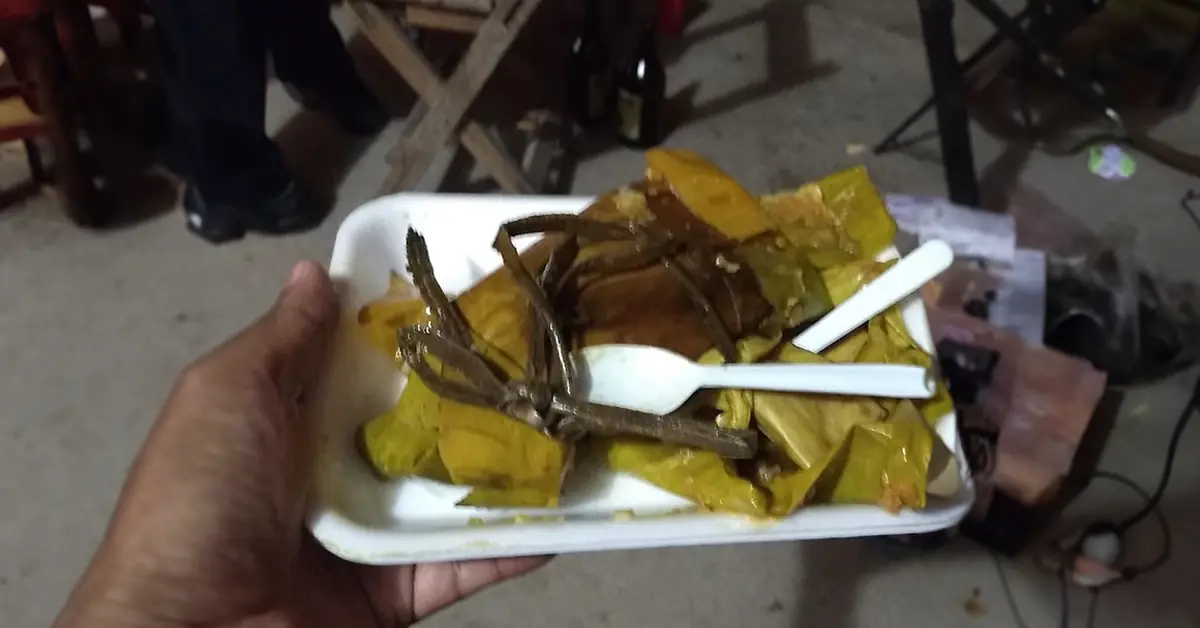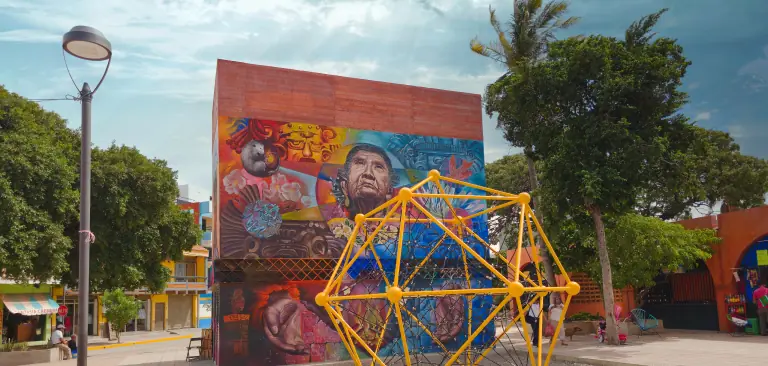The Importance of the Día de Muertos en Juchitán
Gastronomy of Xandú in Juchitán de Zaragoza, Oaxaca, a city with a rich culture and tradition. Its gastronomy is one of the most representative in the region, and the Day of the Dead is one of the most important dates of the year. During Xandú, as the Día de Muertos is known in Juchitán, families prepare altars for their deceased loved ones. These altars include, among other things, food, drinks, flowers, and music.
- Food is a fundamental element of Xandú altars. Typical dishes include tamales, mole, pan de muerto (bread of the dead), chocolate, and atole. The food is offered to the departed as a way of honoring and remembering them.
- Drinks are also an important part of the altars. Water, coffee, and alcohol are the most common. The drinks are offered to the departed so they can quench their thirst after their long journey.
- Flowers are another important element of the offerings. Marigold flowers are the most common, as they are believed to guide the path of the deceased to their homes.
- Music is a way to celebrate life and death. Families usually play traditional music during Xandu.
- Xandu is a celebration of life and death. It is an opportunity to remember our loved ones and honor them. It is also an opportunity to reflect on life and its meaning.
Traditional Dishes of Juchitán on the Día de Muertos or Gastronomy of Xandú
- Mole Negro: This is an essential dish in any Día de Muertos celebration. Made with chilies, spices, chocolate, and a variety of other ingredients, Mole Negro is a feast for the senses.
- Tamales: Tamales are another staple in Día de Muertos celebrations. Made with corn dough and filled with meats, cheeses, or chilies, tamales are a versatile delight that can be enjoyed at any time.
- Pan de Muerto: This sweet bread is a tradition on the Día de Muertos. Decorated with shapes representing the bones of the deceased, Pan de Muerto is both a tribute to the departed and a treat for the living.
- Dulces de Calabaza: Prepared by cooking pumpkin pieces in a syrup of piloncillo and cinnamon. The pumpkin is cooked until tender, and the syrup thickens, resulting in a delicious and sweet treat.
- Calaveritas de Azúcar: Sugar skulls are figures decorated with icing. They are a tradition on the Día de Muertos in Mexico, blending the modern with the traditional.
- Atole: A traditional Mexican thick drink, especially consumed in the mornings and during the Día de Muertos. Prepared with cooked corn masa in water or milk and flavored with chocolate or vanilla.
- Mexican Coffee: Recognized for its quality, Mexican coffee grows in regions such as Veracruz, Chiapas, and Oaxaca. It offers a distinctive flavor with intense aromas and notes of chocolate, spices, and flowers.
- Mexican Chocolate: With an ancestral history, featuring natural flavors. It comes in various forms, from tablets to beverages.
The gastronomy of Xandú during the Día de Muertos is a tradition. The blend of ingredients, techniques, and a touch of modernity creates unforgettable dishes. If you have the opportunity, don’t miss the chance to taste them and be part of this unique celebration.

In conclusion, the Gastronomy of Xandú and the Dishes of Juchitán during the Día de Muertos reflect the rich cultural and gastronomic heritage of this region. Through its delicious dishes, one can appreciate the dedication, creativity, and love for cooking that characterize the inhabitants of Juchitán.



